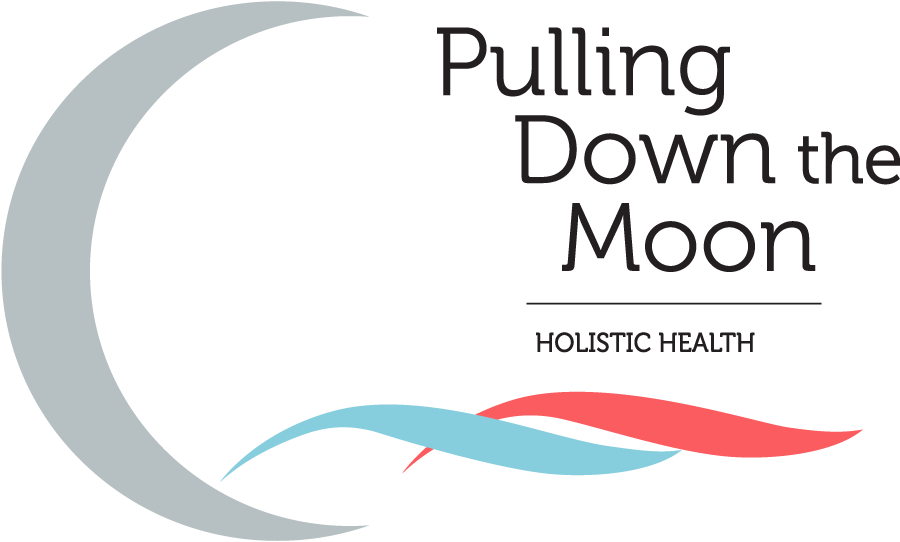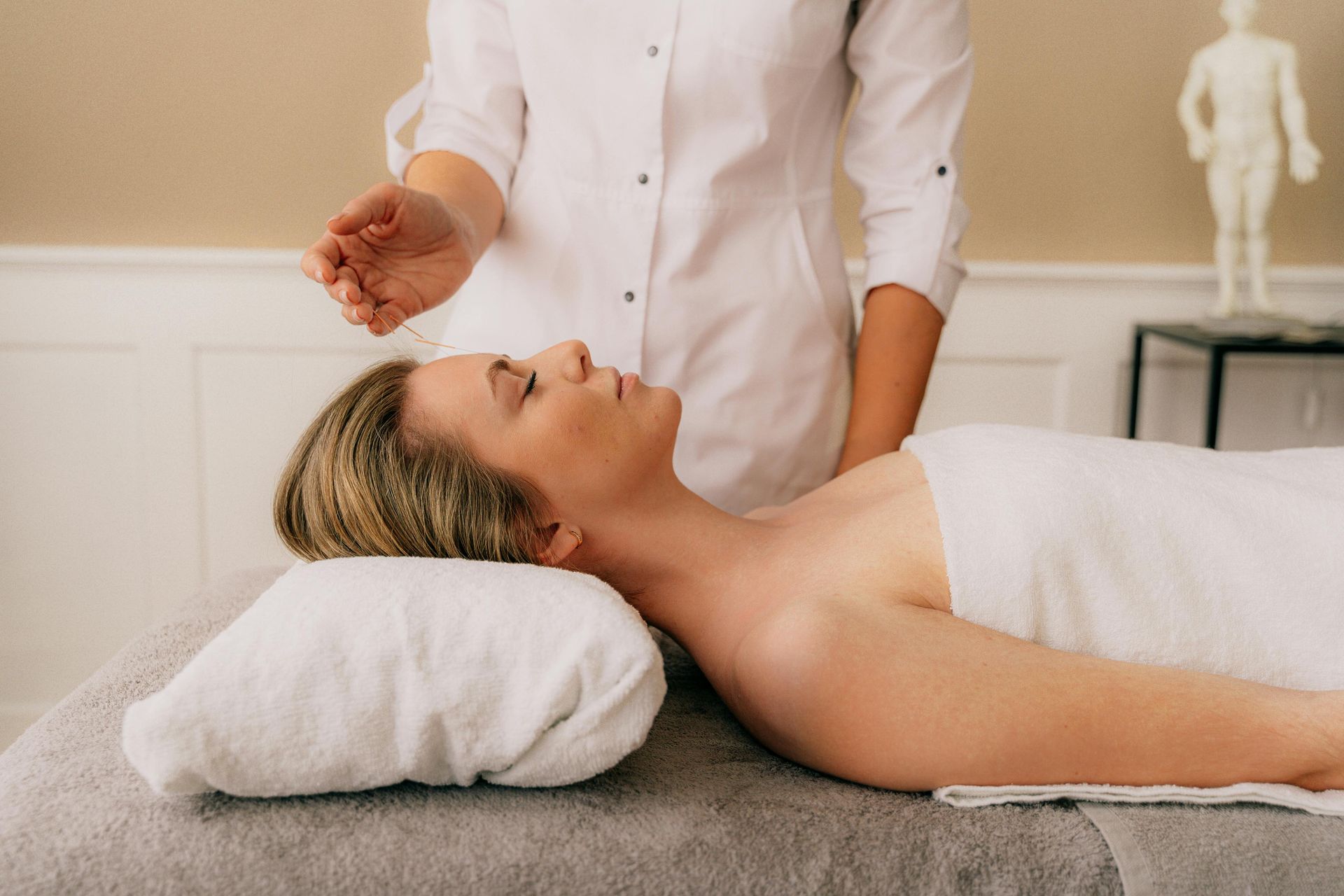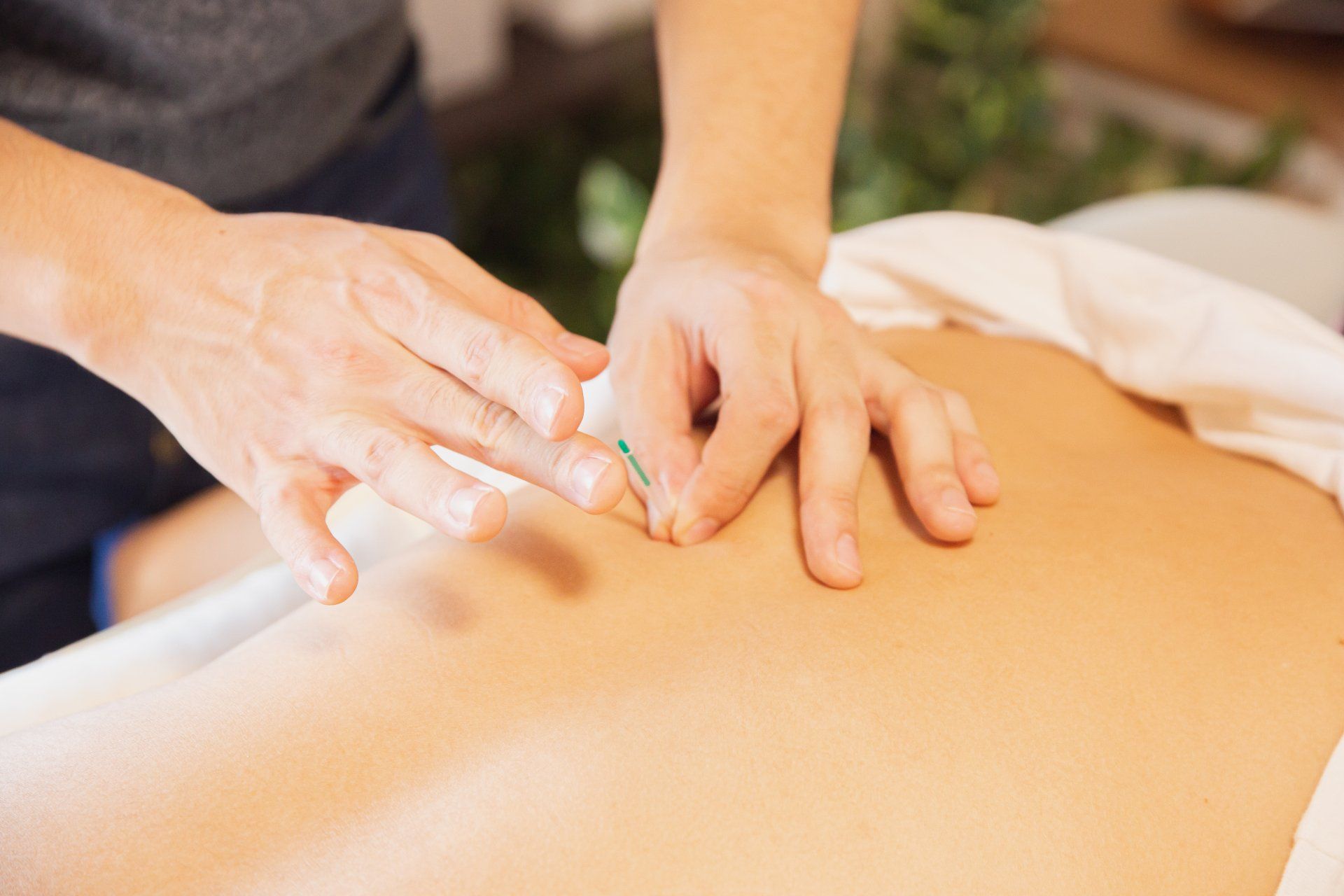A New Understanding of Ovarian Reserve
“Under such a concept unrecruited oocytes in primordial follicles, however, cannot age, as current dogma holds. As long as unrecruited, they have to maintain their original quality. Only once recruited and entering maturation do they risk ” losing quality” if their maturation takes place within a poor quality ovarian environment. Since ovarian environments decline in quality as women age, aging women produce increasingly poor oocytes. (1)
This is the conclusion Dr. Norman Gleicher reaches in a recent reconsideration of the traditional understanding of ovarian reserve published in the journal Reproductive Biology and Endocrinology. On the surface it may seem like thick scientific speak, but when you sit with it and take the time to digest the article, it is quite radical. Dr. Gleicher is saying what the holistic world has been saying for years – that the environment in which an egg matures is as important as the egg itself.
The line of reasoning that lead Gleicher and his colleagues to this conclusion is very interesting and is directly related to their work with DHEA supplementation in women with poor ovarian reserve. In their lab and others, DHEA has been shown to increase pregnancy rates in this population of women. In addition, DHEA treatment has been shown to be associated with lower incidence of miscarriage and aneuploidy. Gleicher asserts that while the chance of pregnancy in this population is still low, it is more possible than current medical opinion holds it to be. His lab has documented more than 30 pregnancies in women with severely diminished ovarian reserve. These reported pregnancies also had a low rate of miscarriage.
Women are born with all the eggs they will ever have. Current medical opinion holds that these eggs “age along with the woman so that the quality of the individual eggs declines irreversibly. As a result pregnancies from these eggs will result in poor quality embryos, lower implantation rates and more spontaneous miscarriage. In Gleicher’s research, however, pregnancies in women treated with DHEA had a low rate of miscarriage and aneuploidy and relatively high live-birth rates, suggesting that even older women and women with severely depleted ovarian reserve still have “good eggs.
So, are our eggs getting older with us or are they in a state of “suspended animation waiting to be recruited?"
It will likely take the medical community a while to duke this one out. From our perspective, while this new argument does not erase the relationship between age and fertility, it does make the relationship more fluid. Following this line of reasoning opens up new avenues of medical treatment that focus on the four to six months that comprise an oocyte’s full maturation cycle. Beyond providing a foundation for future medical/pharmacological protocols this understanding gives weight to lifestyle interventions including nutritional therapy, acupuncture and yoga that seek to improve the uterine environment.
What remains unanswered is what, exactly, is causing the decline in the quality of the ovarian environment in aging women. It has been suggested that inflammation, oxidative stress, circulating stress hormones and environmental toxins may all play a part in egg quality/egg maturation processes. It is our hope that the medical community does not limit their focus to new pharmacological interventions and fully considers the potential role of low-cost lifestyle interventions as well.
1. Gleicher et al. Reproductive Biology and Endocrinology 2011, 9 :23



